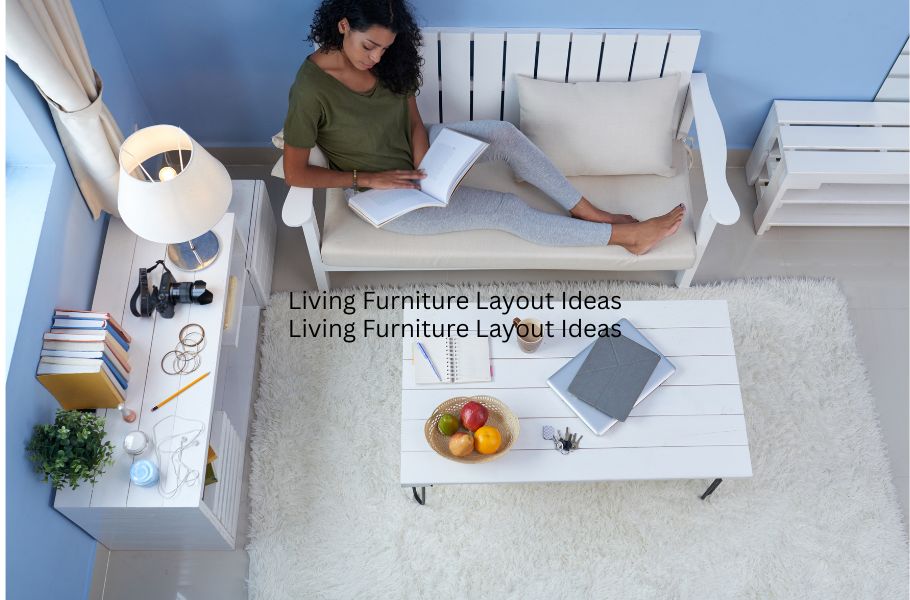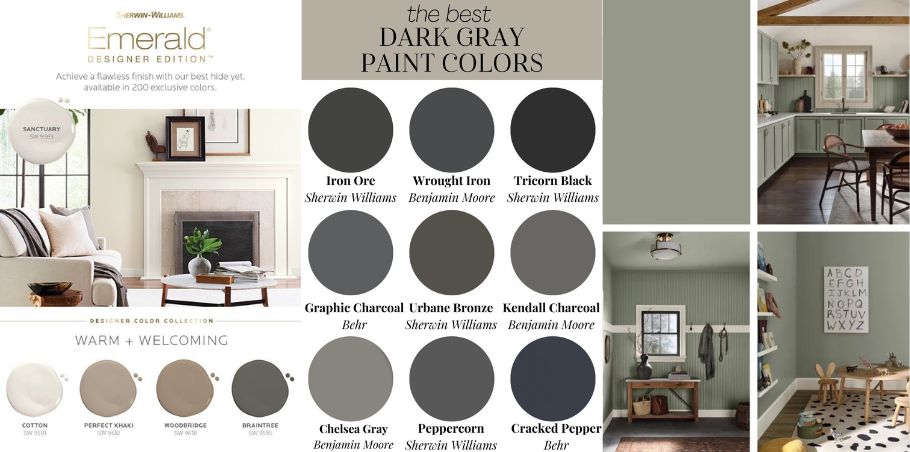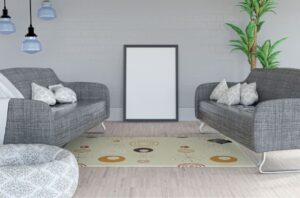Living Furniture Layout Ideas : Health Experts Have Their Say
Creating a healthy and comfortable home environment starts with how you arrange your living room. It’s not just about aesthetics anymore—health professionals now stress that your living furniture layout ideas play a significant role in your physical, emotional, and even social well-being.
In this article, we’ll explore thoughtful, expert-backed furniture layout strategies that can turn your living room into a supportive space for wellness, balance, and ease.
1. Why Layout Matters for Health
According to wellness experts, furniture arrangement directly impacts the way we move, feel, and function. Poor layouts can lead to physical discomfort, poor posture, stress, and limited mobility. On the other hand, well-planned living furniture layout ideas can improve airflow, posture, movement, and even mental clarity.
2. Promote Free Movement and Openness
One of the first rules health experts recommend is to prioritize movement. When your space feels too tight or blocked, it can create tension and frustration.
Health Tip:
Maintain at least 2.5 to 3 feet of space between furniture pieces, especially along walkways.
This is one of the foundational living furniture layout ideas that supports both physical freedom and peace of mind.
3. Furniture Placement and Posture
Poor posture is a rising issue due to the amount of time spent sitting. The way you position your furniture can make or break your posture habits.
Suggestions:
- Keep your TV at eye level to reduce neck strain.
- Ensure sofas and chairs offer lower back support.
- Use ottomans or footrests to relieve leg tension.
These small adjustments are critical elements in wellness-oriented living furniture layout ideas.
4. Use Natural Light to Uplift the Space
Health experts agree that sunlight is essential for emotional and physical wellness. Natural light improves mood, helps regulate sleep, and enhances focus.
Layout Strategy:
Place seating near windows and use open shelving or mirrors to reflect light. Avoid blocking light sources with bulky furniture.
These living furniture layout ideas create a space that not only looks brighter but feels more uplifting.
5. Optimize Air Circulation for Better Breathing
Air quality affects everything from sleep to focus. Cluttered rooms or poor layouts can block airflow and create a stuffy environment.
Practical Tips:
- Avoid placing furniture directly in front of windows or vents.
- Choose open or legged furniture to allow better air movement.
- Keep corners clear where air often becomes stagnant.
These health-conscious living furniture layout ideas contribute to a fresher, more breathable home environment.
6. Support Mental Wellness with Decluttered Layouts
Your mind often mirrors your environment. Overcrowded spaces can lead to sensory overload and fatigue.
Expert Advice:
- Choose furniture with built-in storage.
- Limit decorative items to avoid visual noise.
- Embrace minimalism in arrangement and accessories.
Decluttering your space is one of the simplest yet most effective living furniture layout ideas for mental clarity.
7. Create Zones for Different Activities
Open-plan living rooms can sometimes feel chaotic if not organized properly. Health experts recommend separating zones for rest, work, and socializing.
Example Layouts:
- A reading corner with a comfortable chair, lamp, and bookshelf.
- A cozy seating area with a rug to define the space.
- A tech-free corner to disconnect and unwind.
These zoned living furniture layout ideas help establish emotional balance by giving each activity its dedicated space.
8. Make Social Interaction Easy
Your furniture layout should support connection and communication. Arranging furniture to encourage conversation is a subtle way to boost social well-being.
Health-Promoting Layout Tips:
- Use an L-shape or circular layout for easier eye contact.
- Keep chairs at a comfortable speaking distance.
- Avoid having all seating directed at the TV.
These living furniture layout ideas nurture togetherness and connection in your home.
9. Integrate Nature Into Your Layout
Adding plants and natural textures to your living space not only beautifies the room but also supports mental health. Plants purify the air and reduce stress levels.
Placement Ideas:
- Use tall plants to soften corners.
- Hang planters in underused wall spaces.
- Add small succulents to coffee tables or shelves.
Incorporating nature is a key part of holistic living furniture layout ideas that promote wellness on multiple levels.
10. Use Calming Colors and Soft Textures
Color psychology plays a vital role in how a space makes you feel. Health experts suggest using colors and textures that promote relaxation.
Tips to Try:
- Use soft hues like beige, light gray, or muted green.
- Choose cozy materials like cotton, velvet, or wool.
- Use light wood furniture to create warmth.
Pairing soft color palettes with well-spaced layouts leads to truly comforting living furniture layout ideas.
11. Lighting for Function and Feel
Lighting has a direct effect on your mood and biological clock. Poor lighting can cause eye strain and fatigue, while layered lighting supports different activities and moods.
Expert Suggestions:
- Use floor lamps for reading zones.
- Install dimmable overhead lights for flexibility.
- Place table lamps near corners to create a cozy glow.
Balanced lighting is an essential component of successful living furniture layout ideas.
conclusion
Your home is more than a place to rest — it’s a space that should support your entire well-being. With the right living furniture layout ideas, inspired by health experts, you can create a living room that promotes movement, reduces stress, and brings joy to your everyday life.
Whether you’re rearranging your posture, adding plants for peace, or creating a tech-free reading zone, small changes can lead to big improvements in your physical and mental health.
Share this content:














Post Comment